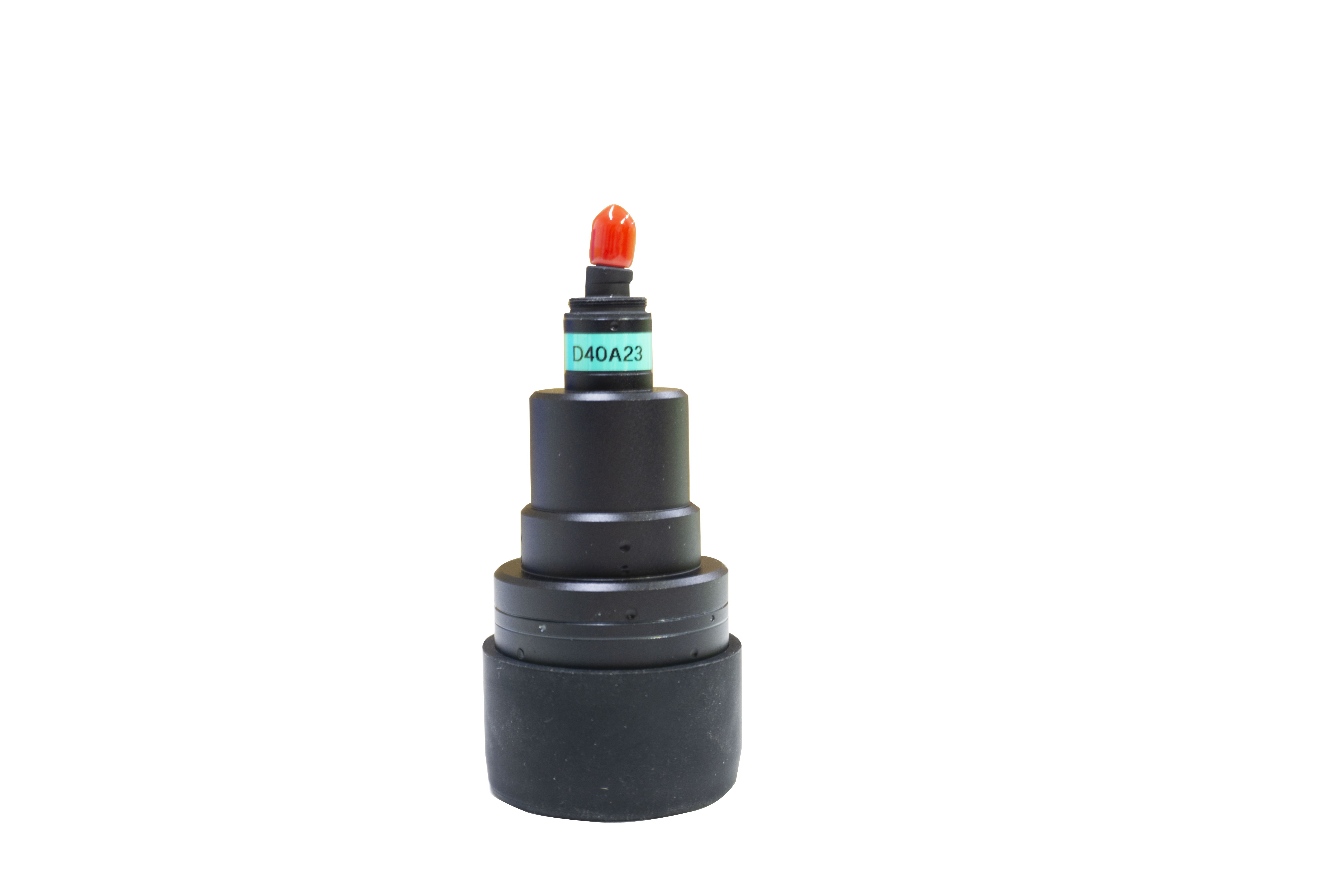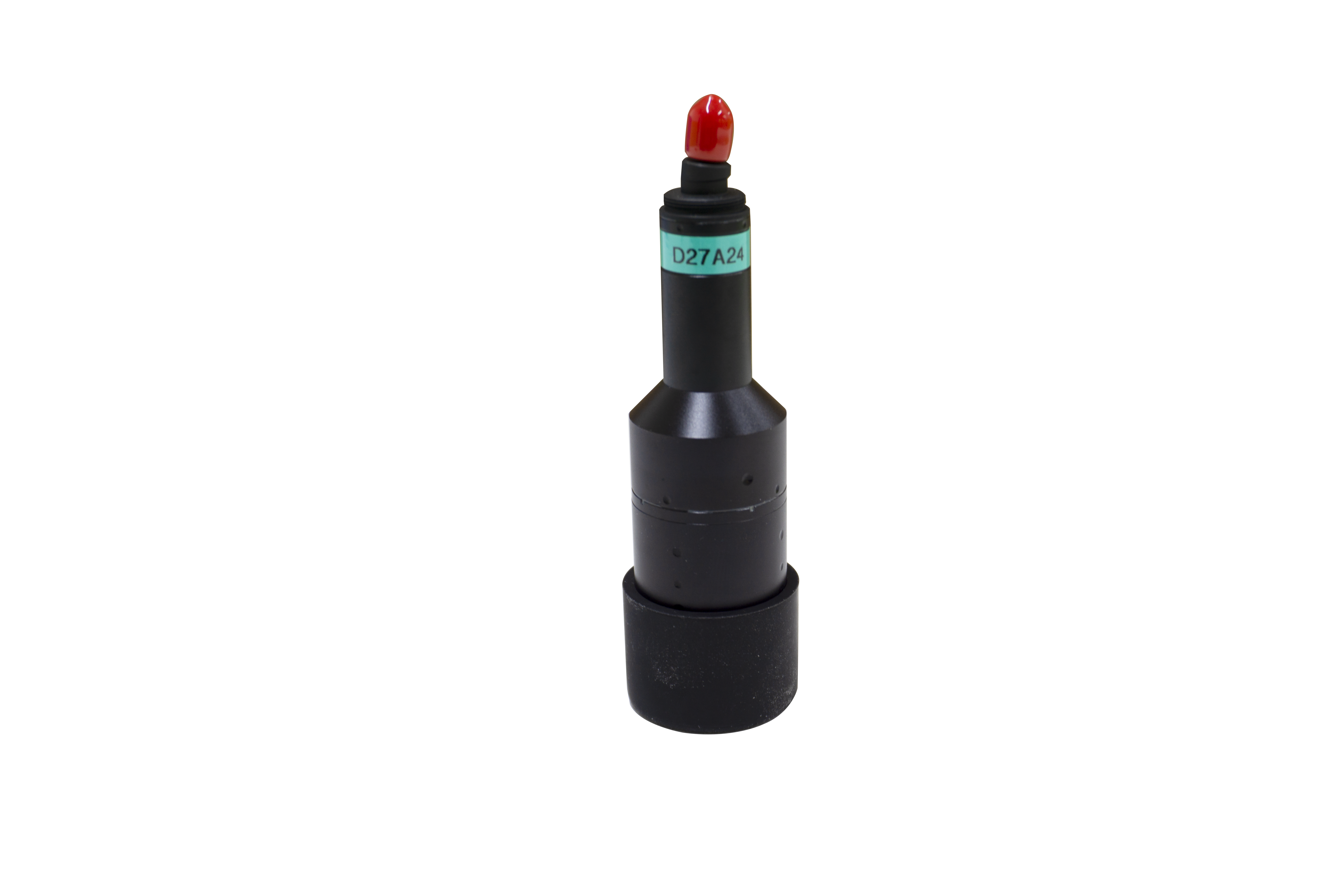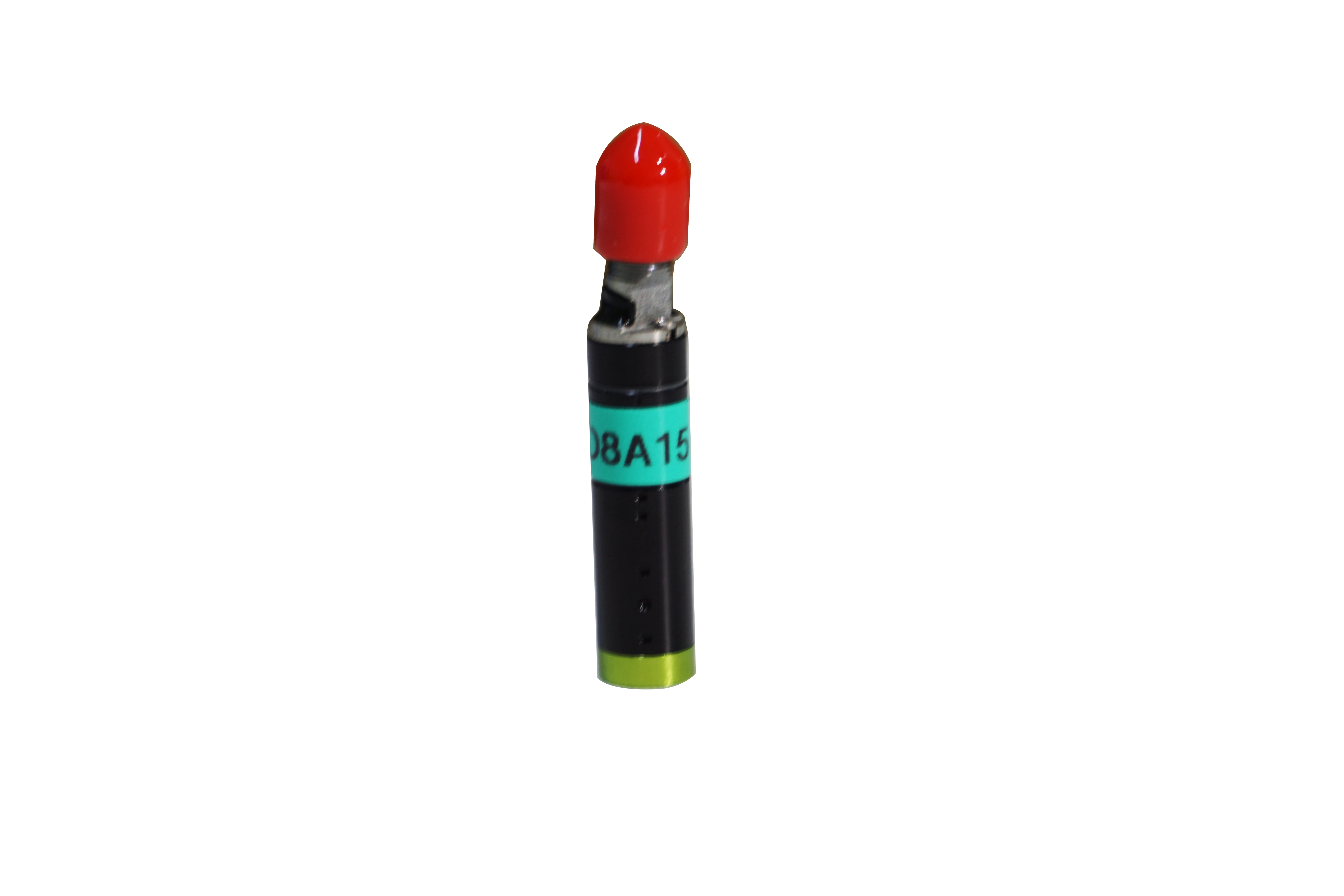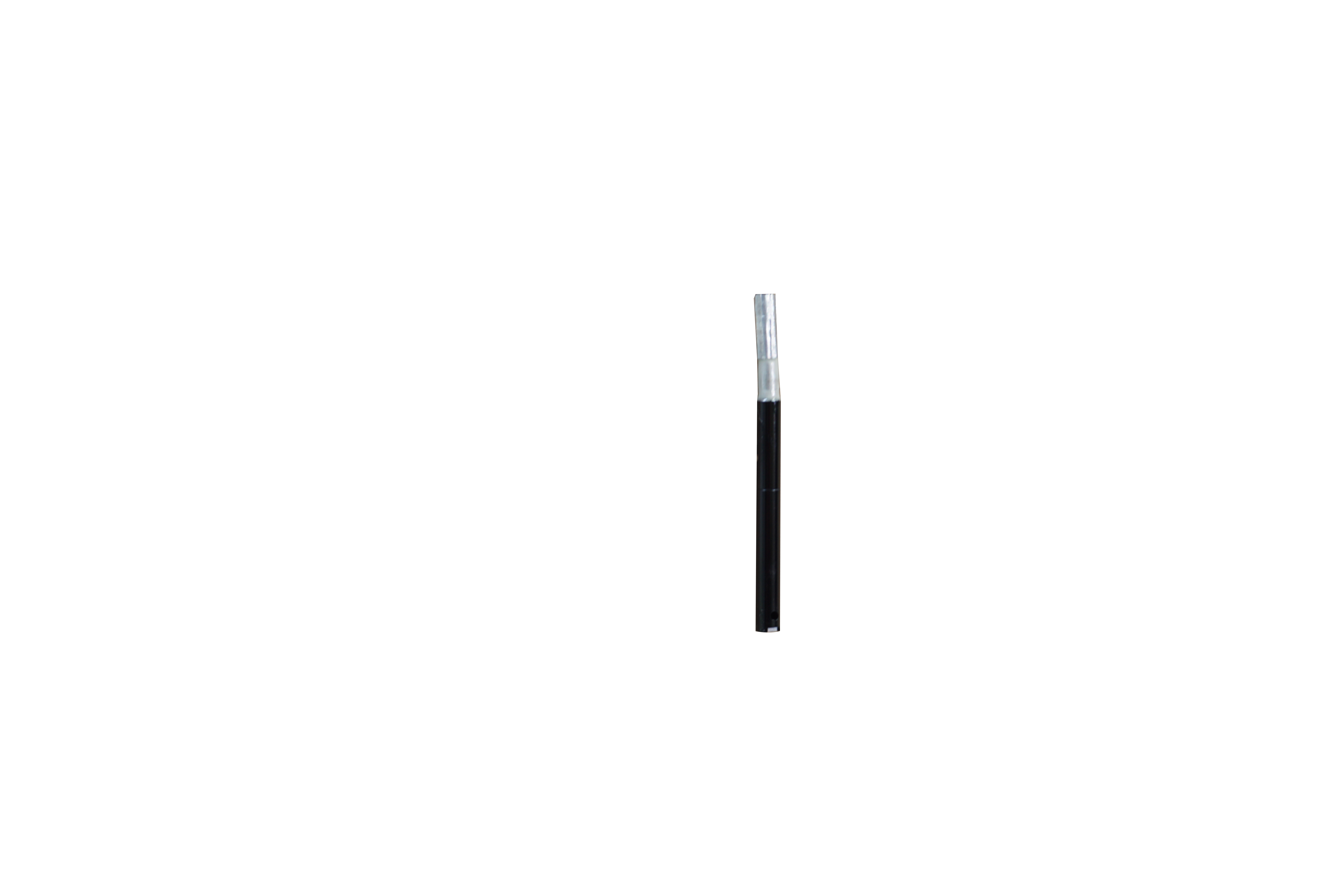2021-11-19
The spectral confocal displacement sensor emits a beam of high density and wide spectral light through the color laser light source. After passing the dispersion lens, the monochromatic light of different wavelengths in the range of travel, each wavelength corresponds to a distance value, and the measured light is reflected back to the surface of the object. Only the light that meets the confocal conditions can be sensed by the spectrometer through the small hole. By calculating the wavelength of the focal point of the sensed light, the obtained distance value is converted. Today, Shenzhen Liyi Technology Company introduces the interferometric measurement principle and thickness measurement mode of spectral confocal:

Interferometry is based on spectral analysis of the white light interferogram (SAWLI). It is a concept inevitably involved in optical detection instruments such as spectral confocal sensors.
It involves analyzing the interference signals observed on the spectrometer in order to measure the thickness of the air gap between the reference plate and the sample. The ingenuity of the developed system lies in fixing the reference plate to the detection target. Since the reference plate and the sample are fixed together, mechanical vibration does not affect the measurement results.
In addition, the sensor can be used to measure transparent films that are too thin to allow the use of color confocal technology. The minimum measurable thickness is 0.4μm.
Spectral confocal measurement technology analyzes the focusing position of different wavelengths of light on a specific surface to carry out high-precision dimensional measurement and micro-morphology analysis. According to this measurement principle, a specific wavelength of light may be focused on the front of the sample, while for a transparent sample, two different wavelengths of light are focused on the front and back of the sample. These are the two measurement modes provided by spectral confocal, the former is the displacement measurement mode and the latter is the thickness measurement mode.
Thickness measurement mode:
When measuring transparent samples such as glass and lens, two beams of light of different wavelengths are focused on the positive and negative surfaces of the sample, and the thickness of the sample can be calculated after introducing the parameter of the refraction coefficient of the sample. Compared to traditional contact measurement tools such as vernier calipers, spectral confocal measurement has all the advantages of non-contact optical measurement, but also has the characteristic of obtaining the sample thickness value by measuring in one side.
The refraction coefficient directly affects the data accuracy of thickness measurement, so the refractive index of the sample should be confirmed at the beginning of measurement. The refractive index can refer to the value of similar materials, but for more accurate thickness measurements, the refractive index of the sample needs to be measured with an refractometer.
The two measurement modes of spectral confocal can be switched freely in the software interface without restarting the device or system. Therefore, whether it is to measure the surface size of the sample, or the thickness of the transparent material, or to obtain the appearance size and thickness information of the transparent sample at the same time, the spectral confocal measurement technology can be easily handled.
Thickness measuring instrument based on spectral confocal:
It can realize the thickness scanning of two axes, record the thickness value in real time, and generate 3D graphics.
Non-contact measurement, will not affect the accuracy due to wear;
Using double head thickness measurement, the measurement is not affected by the up and down jitter of the measured object;
All digital system, easy to operate, and own calibration function;
Measuring objects include metal plate, glass, film, paper, metal foil, etc.



